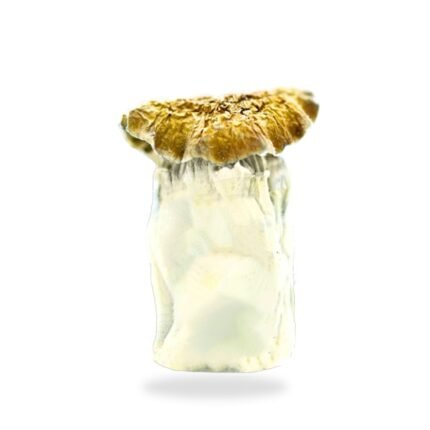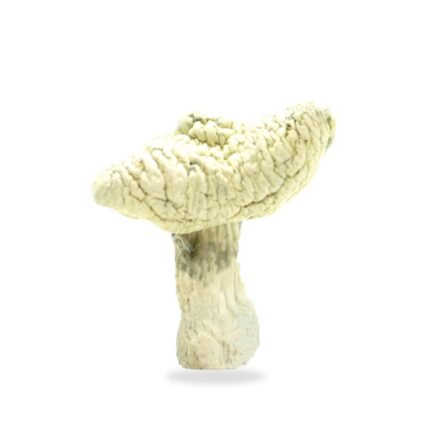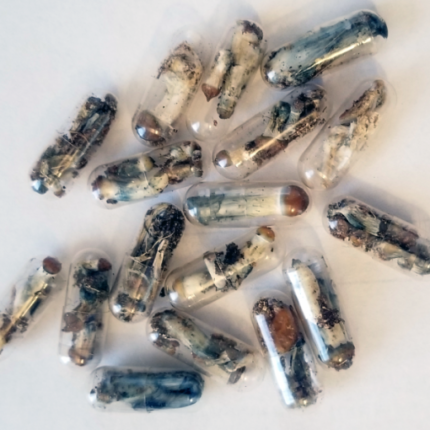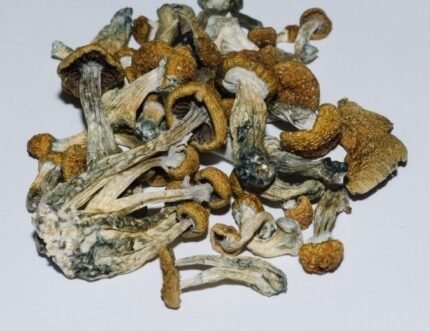Buy Gold Member Magic Mushrooms
Buy Gold Member Magic Mushrooms. This is a popular and potent variety of Psilocybe cubensis, a species of psychedelic mushroom.
Characteristics:
1. Golden to yellowish cap color
2. Medium to large size
3. Thick, white stem
4. Spores are dark brown to purple-brown
Buy Gold Member Magic Mushrooms
Effects:
1. Potent psychoactive properties
2. Visual distortions, patterns, and intense colors
3. Altered perception, thought patterns, and emotional shifts
4. Increased creativity, introspection, and spiritual connections
Origin:
1. Developed by expert mycologists
2. Part of the “Member” series (e.g., Blue Member, Gold Member)
Cultivation:
1. Moderate difficulty
2. Requires optimal growing conditions (temperature, humidity, light)
3. Substrate: manure, compost, or straw
Legality:
1. Illegal in many countries (US: Schedule I controlled substance)
2. Check local laws and regulations
Research and Potential Therapeutic Applications:
1. Psilocybin-assisted therapy for mental health conditions
2. Treatment-resistant depression
3. Anxiety and addiction
Interesting Facts:
1. Gold Member mushrooms contain psilocybin and psilocin
2. Known for intense, introspective experiences
3. Popular among experienced users
Psychedelic-Assisted Therapy Protocols:
General Principles:
1. Patient preparation and screening
2. Controlled therapeutic setting
3. Trained therapists or facilitators
4. Dose-controlled psychedelic administration
5. Integration and follow-up sessions
Specific Protocols:
1. Psilocybin-Assisted Therapy (PAT):
– Dose: 10-30mg psilocybin (Gold Member)
– Sessions: 1-3, spaced 1-4 weeks apart
– Focus: Depression, anxiety, addiction
2. Psychedelic-Assisted Cognitive Behavioral Therapy (CBT):
– Combine psychedelic experiences with CBT principles
– Focus: Depression, anxiety, trauma
Therapeutic Models:
1. Psycholytic Therapy: Emphasizes emotional release and catharsis
2. Psychedelic-Assisted Psychotherapy: Focuses on insight-oriented therapy
3. Integrative Psychiatry: Incorporates psychedelic experiences into comprehensive treatment plans
Research Institutions:
1. Johns Hopkins University
2. Imperial College London
3. Multidisciplinary Association for Psychedelic Studies (MAPS)
4. Center for Psychedelic Research (CPR)
Training and Certification:
1. MAPS’ Psychedelic-Assisted Therapy Training Program
2. CPR’s Psychedelic Therapist Training Program
3. International Society for Research on Psychedelics (ISRP) Certification
Integration Techniques:
Integration helps process and incorporate insights from psychedelic experiences into daily life.
Pre-Integration:
1. Journaling: Record thoughts, feelings, and insights during/after the experience.
2. Grounding techniques: Focus on breath, body, or surroundings.
Immediate Integration (0-24 hours):
1. Talk to a trusted friend/facilitator.
2. Engage in relaxing activities (meditation, yoga, nature walks).
3. Reflect on journal entries.
Short-Term Integration (1-4 weeks):
1. Therapy sessions.
2. Mindfulness practices.
3. Creative expression (art, writing, music).
Long-Term Integration (1-6 months+):
1. Set intentions and goals.
2. Establish routines and habits.
3. Regular self-reflection.
Techniques:
1. Mindfulness Meditation.
2. Breathwork.
3. Yoga.
4. Journaling.
5. Creative Expression.
6. Nature Connection.
Challenges and Considerations:
1. Reintegration into daily life.
2. Emotional regulation.
3. Social support.
Resources:
1. Multidisciplinary Association for Psychedelic Studies (MAPS).
2. The Psychedelic Experience (Leary, Metzner, and Alpert).
3. Integration Circles.
Additional Tips:
1. Practice self-compassion.
2. Stay hydrated and energized.
3. Connect with supportive community.














Reviews
There are no reviews yet.